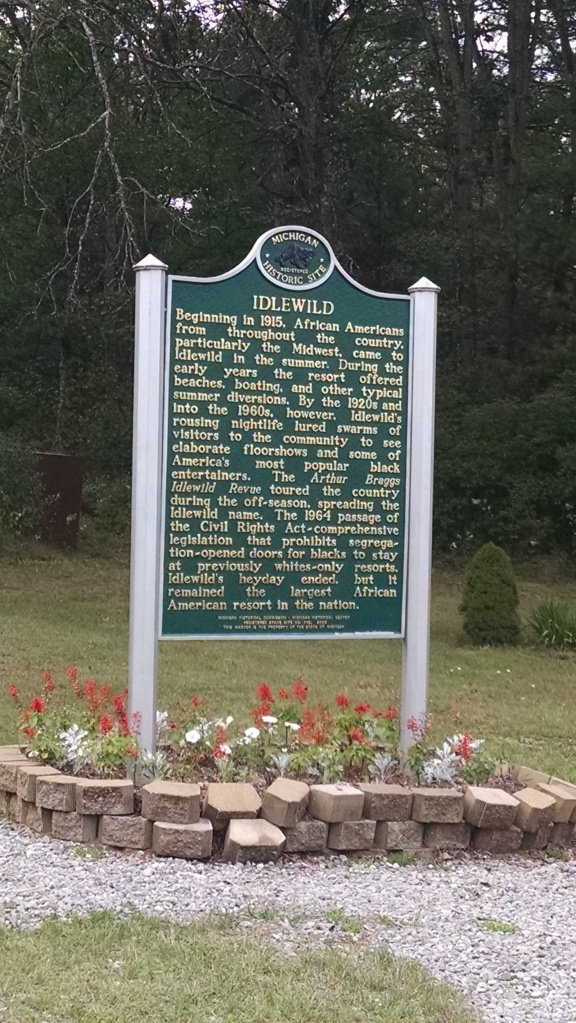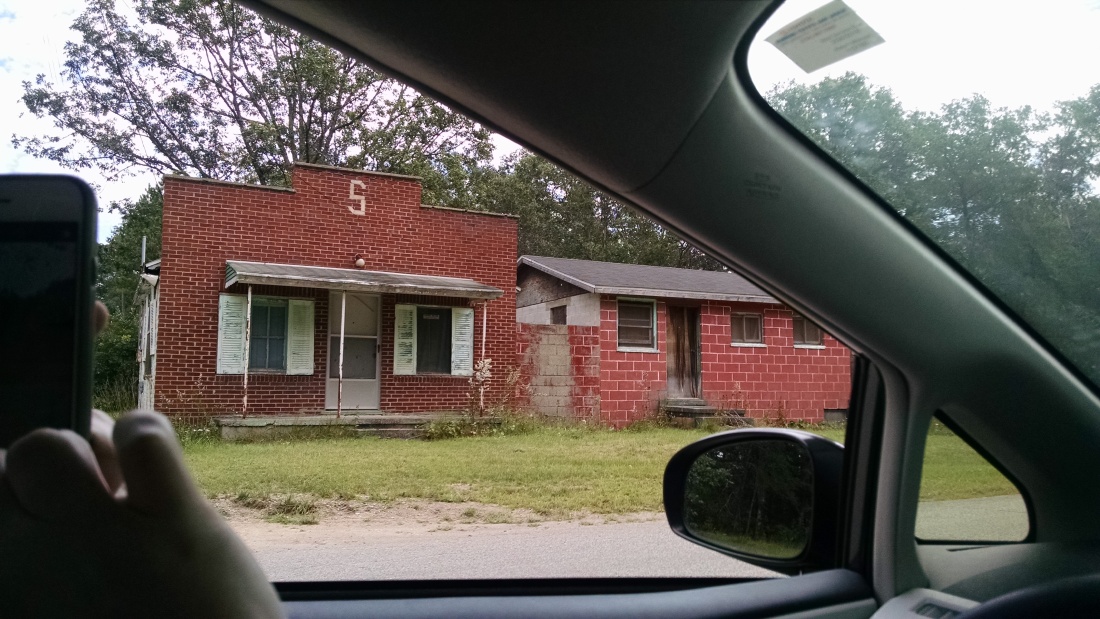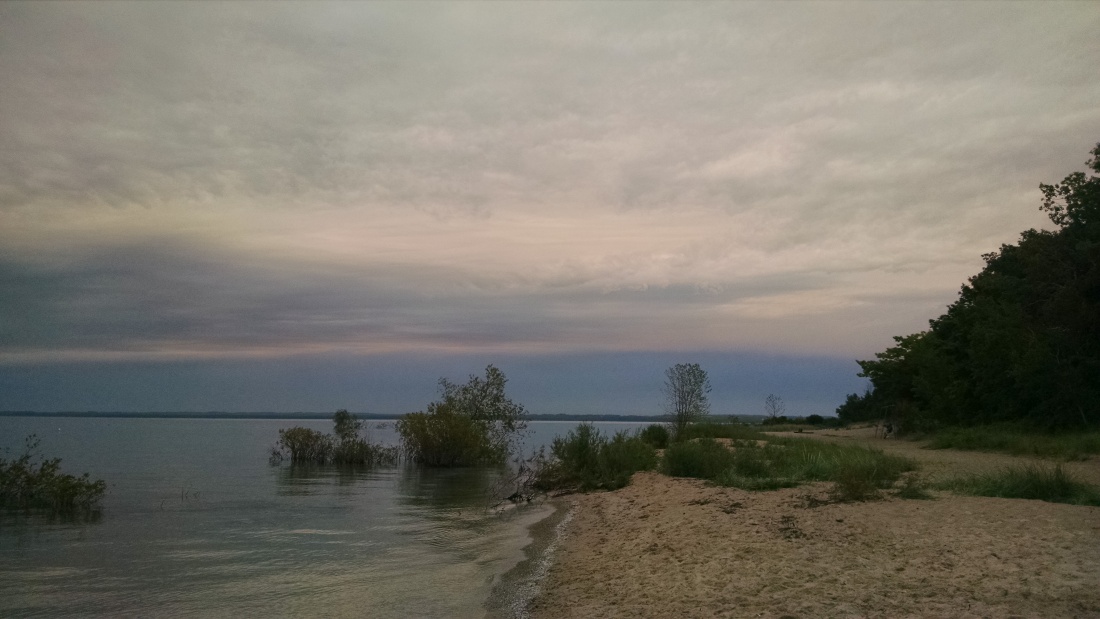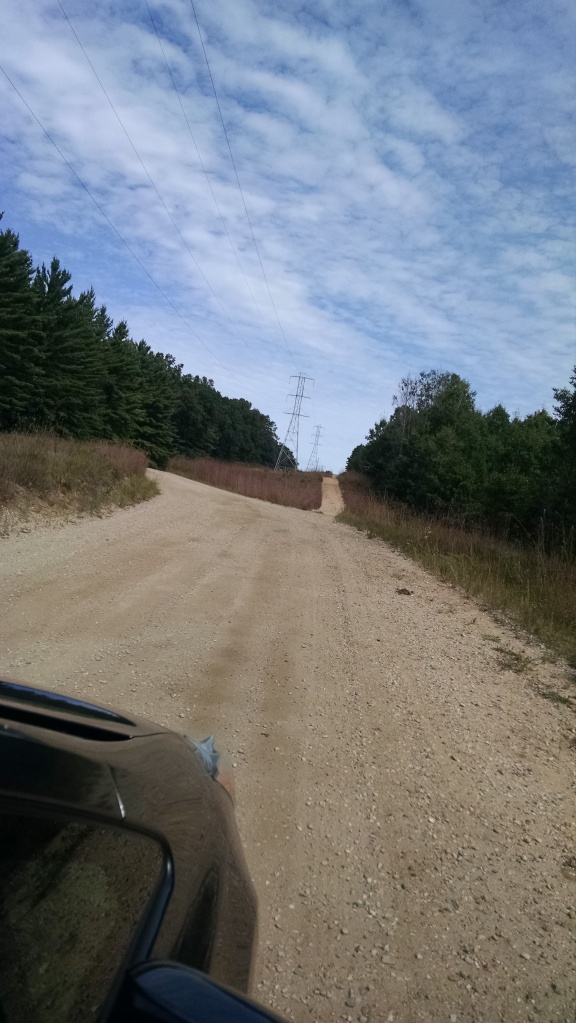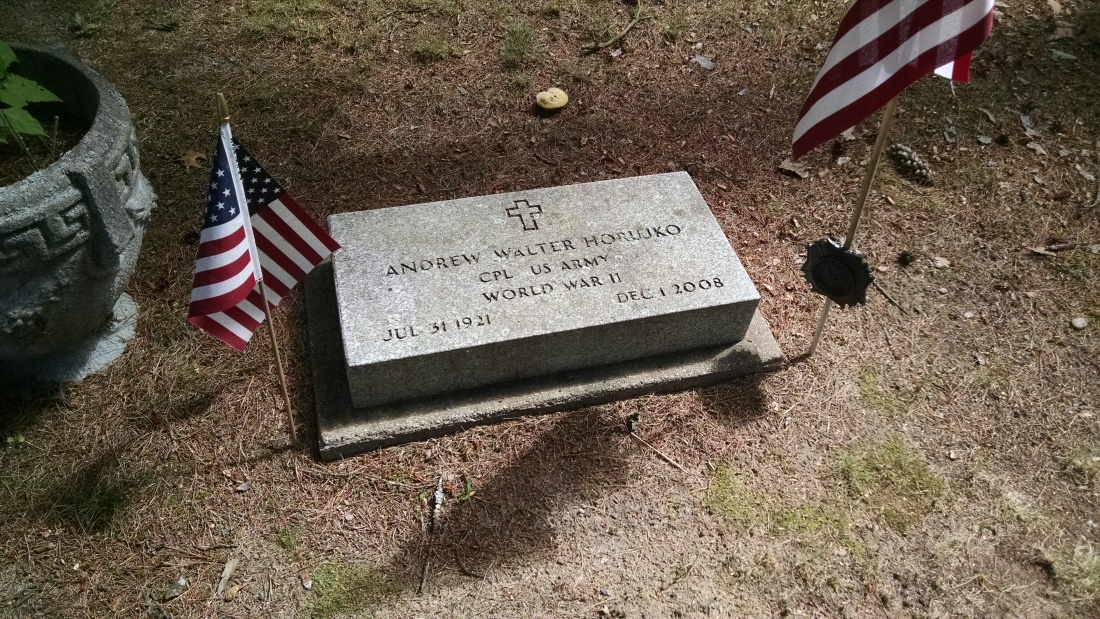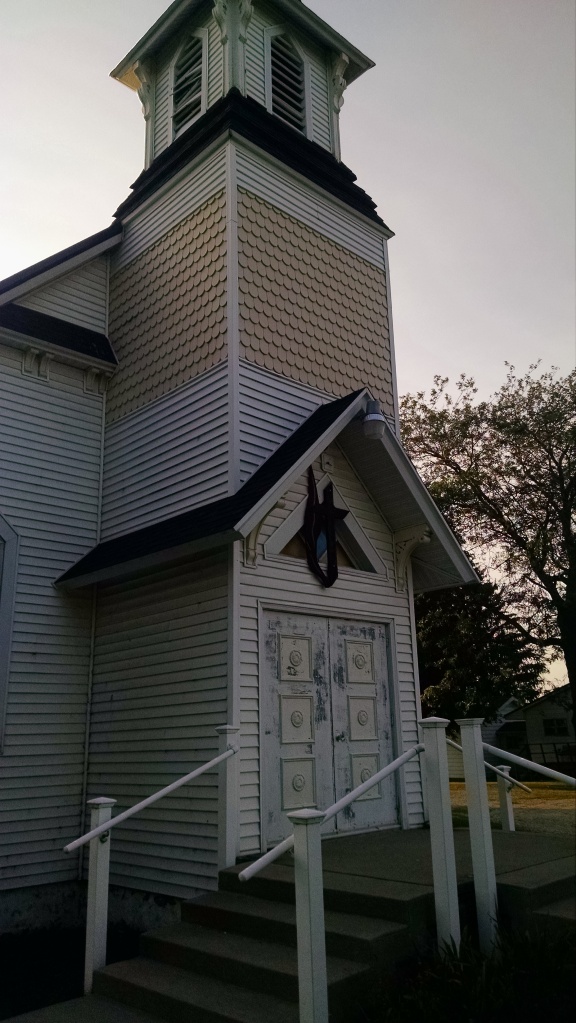As usual, the winter months were not the easiest to 1) find the time to go on adventures, and 2) be able to find abandoned places under the snow! But this year we did manage, after Christmas, and thankfully the weather was relatively nice. We decided to stay close to home once again, though, since there wasn’t time for a grand adventure like those we usually take in the summer.
We headed west from Sara’s place in search, first, for a place called Federman. There is actually not much of anything left, and not even much documented online about the town’s existence. The most we know is that it sprung up at the intersection of the Lake Shore and Southern Michigan Railroad and the Toledo, Ann Arbor, and Northern Michigan Railroad. It was likely originally called Monroe Junction, which makes sense given its origins. Even Roadside Thoughts couldn’t really figure too much out about it.
We found what is the likely spot and took a couple of photos. There really isn’t too much there, and where the actual railroads cross isn’t accessible by car.
Everything around it was just farm land. As a result, we didn’t really spend a lot of time here. Still, it was nice to check it off our list.
We then carried on north and west to Sharon. We found Sharon on a list of potential ghost towns in Michigan and decided to explore. Sharon Township still exists as a governing body, and we were able to locate a few cemeteries. The first one we encountered was the most intriguing by far–in no small part because we couldn’t figure out what it was called! There was no sign and it felt very much in the middle of nowhere. It’s northwest of Manchester at the T-intersection of Sharon Hollow Road and Sharon Valley Road. It’s got about 260 interments, according to FindaGrave, and most interestingly, one of them was a Revolutionary War soldier!

Finding this grave struck up our interest in Revolutionary War soldiers in general (assisted, of course, by our mutual love of the musical Hamilton and the fact that we’re just history nerds), so that may become a side quest for us–it seems relatively easy to find the location of known Revolutionary war interments by searching online, so we may start photo-documenting them as we’re able.
We set aside the mystery of who was responsible for this small, unmarked, but remarkably tidy cemetery and moved on to see what we could find of Sharon. We did locate the town hall and adjacent Sharon Township Cemetery, which appears to be the primary cemetery for the area.
The first thing that strikes a person upon locating this place is the enormous memorial to Abraham Lincoln.

This memorial also included a detailed list of Civil War soldiers from the area who had lost their lives–down to the cause and location of death, in most cases.
It was overall a very nicely kept cemetery, a bit larger than the one we found previously, with lots of interments dating back to the Civil War and early 1900’s. We also found a piece of funerary art that we couldn’t identify, despite our best efforts. We include it here, hoping someone can help us!

At first glance, the “S”-looking item would appear to be a monogram, but clearly that doesn’t match the surname listed on the stone. We weren’t able to figure out what the symbol could mean–all help is welcome!
We also weren’t able to find out a whole lot about the history of Sharon online. Sharon Township is still a relatively “live” area. At this point, it was getting far too dark to continue, so we headed home. However, we did contact the Manchester Historical Society to try to figure out the mystery of the tiny, unnamed cemetery. They responded very quickly, actually, to say that it is called Gillet Cemetery, named for Amasa Gillet, a founding member of Sharon Township. It’s also called Sharon Hollow Cemetery. Gillet’s historic farmhouse is apparently about a quarter mile away, although we didn’t encounter it on this trip. We’re hoping to keep in touch with the historical society to learn more about Sharon!
We were able to snag this one last photo on our way out of Sharon, though:

We have no idea what house this is, but it seemed appropriate to add to our adventure!
Our big adventure this summer is actually not necessarily going to be Michigan-based…we’re traveling by car to New York City! We’re hoping to find all kinds of interesting things to add to our blog–including things that aren’t necessarily abandoned, but definitely historically significant (I’m just saying, we’re staying in Weehawken, NJ, near the spot where Alexander Hamilton and Aaron Burr dueled in 1804). We’ll keep you posted!




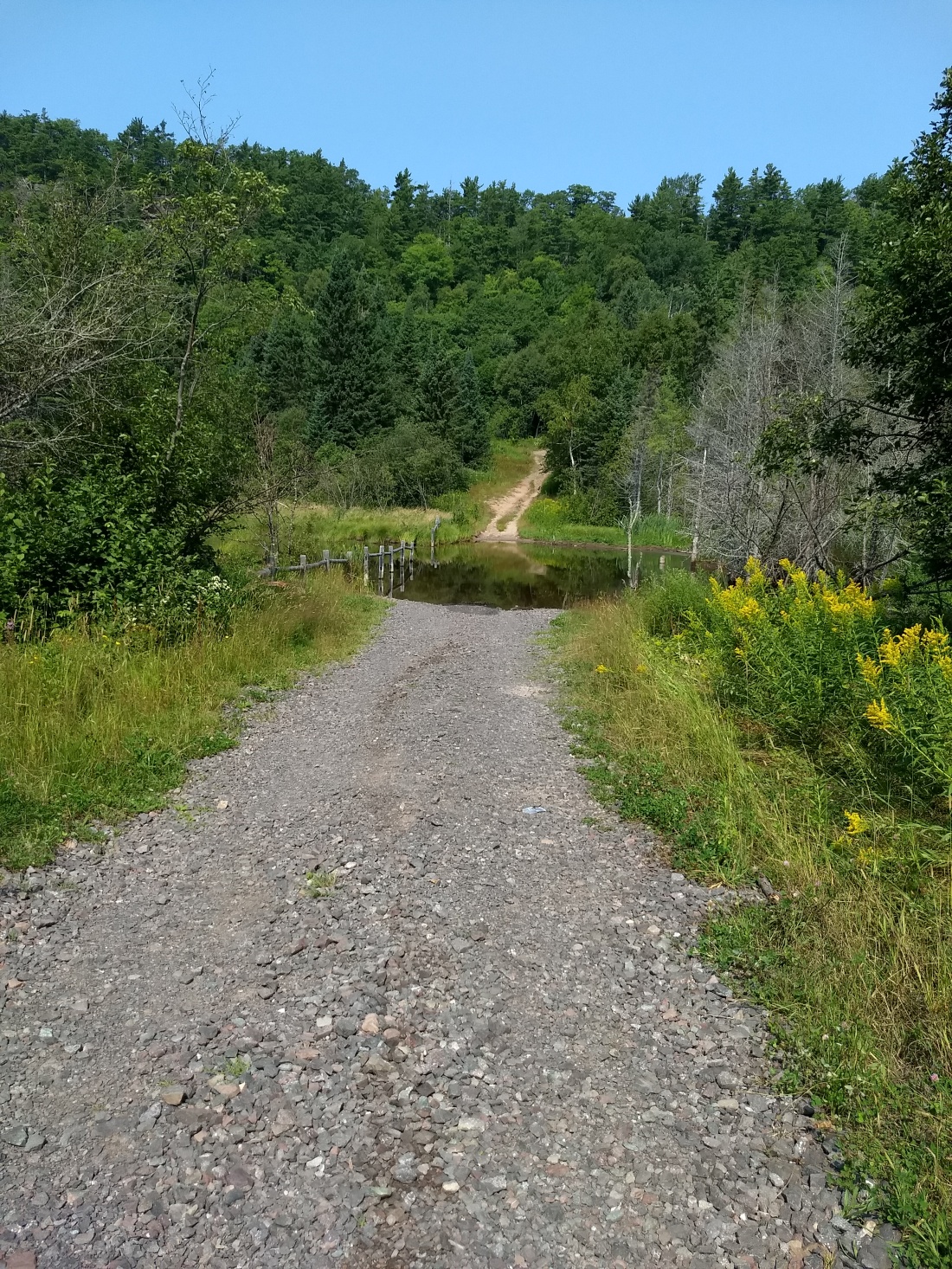

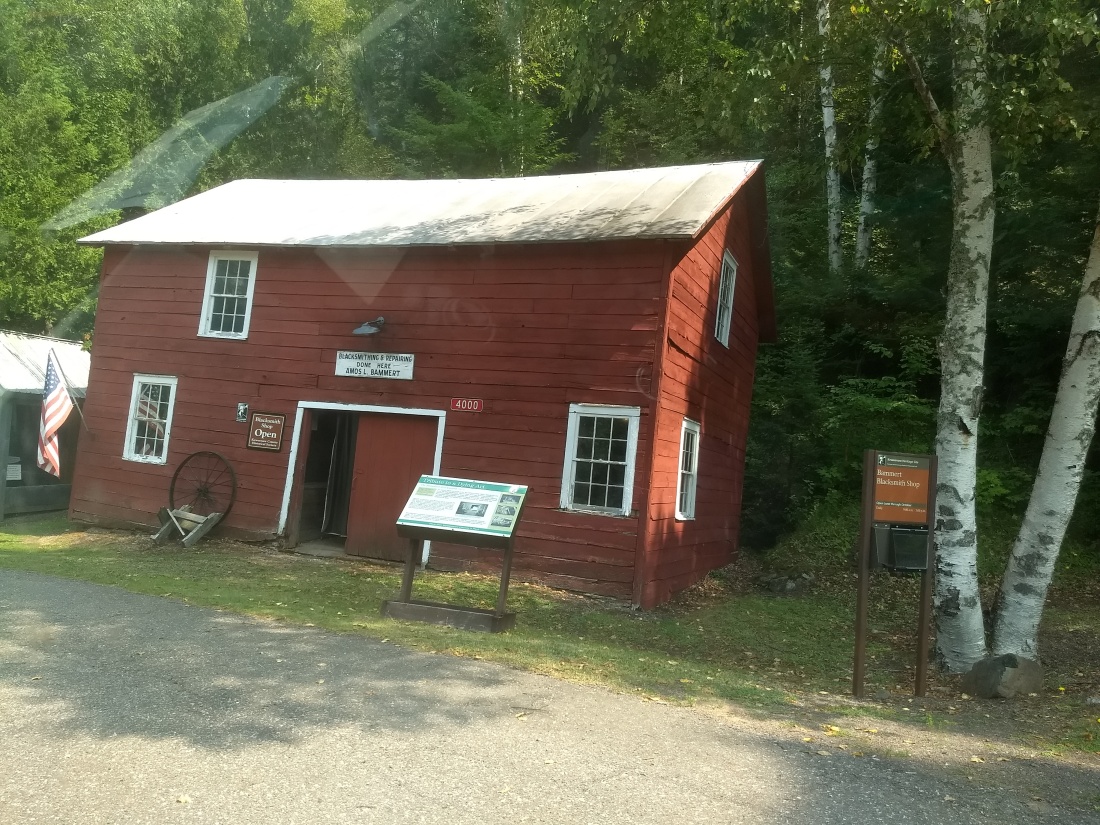












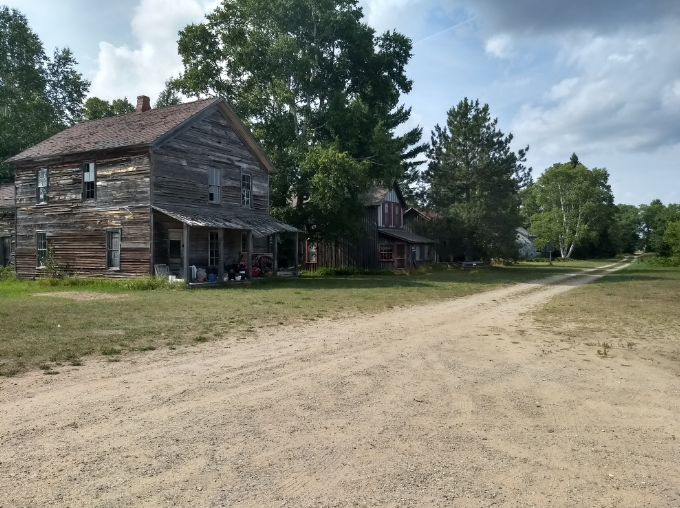
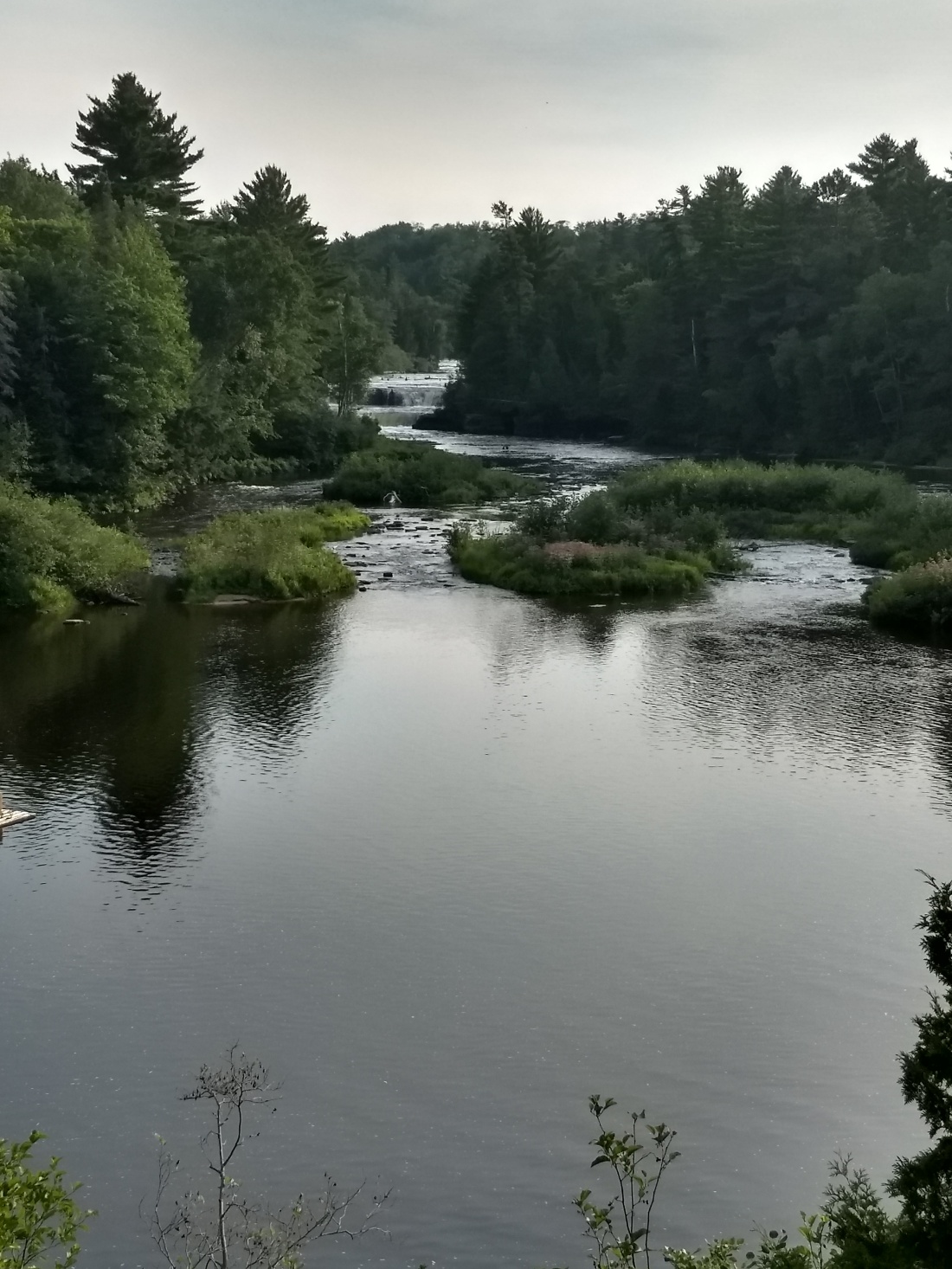

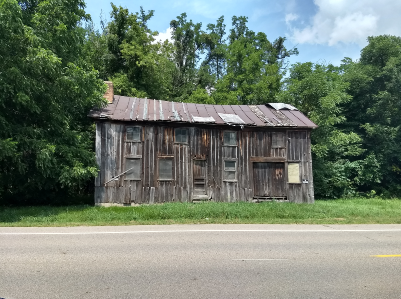






![IMG_20180505_193836576_HDR[1]](https://travelswithabandon.files.wordpress.com/2018/07/img_20180505_193836576_hdr1.jpg?w=1100)
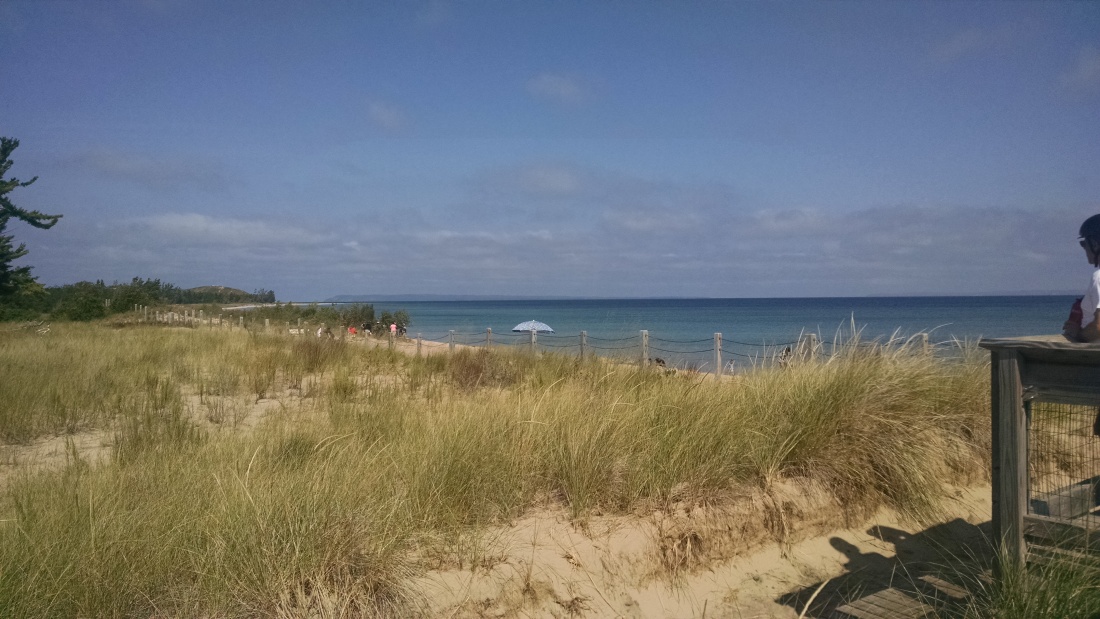 We may be a little biased, but Michigan dunes and lakeshores are honestly among the most beautiful in the world. From this point, you can get a good look at the Manitou Islands–which we also read had some ghost towns on them, so next year’s trip is already in the making!
We may be a little biased, but Michigan dunes and lakeshores are honestly among the most beautiful in the world. From this point, you can get a good look at the Manitou Islands–which we also read had some ghost towns on them, so next year’s trip is already in the making!
